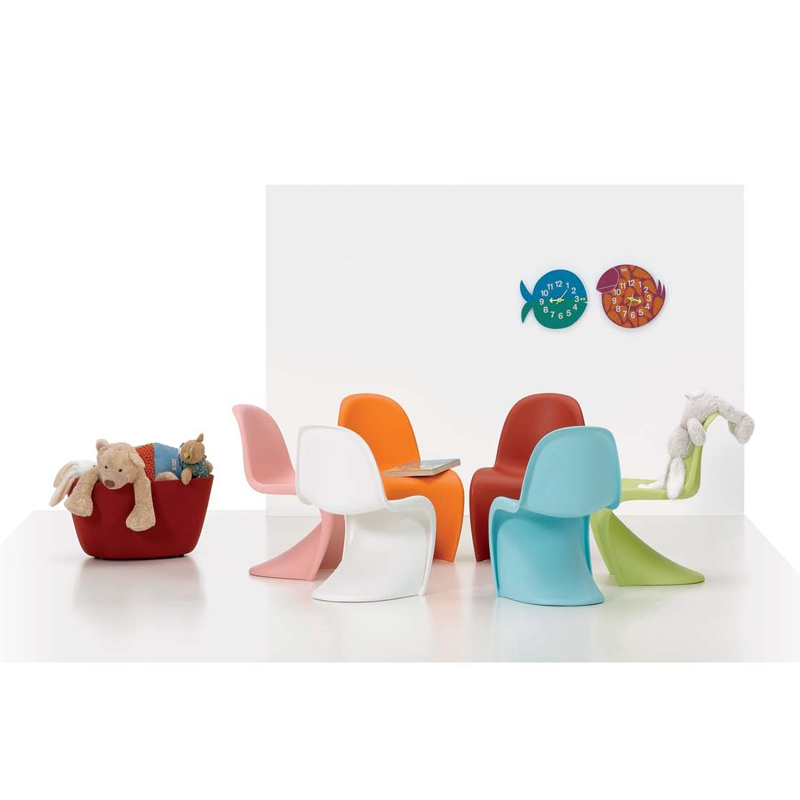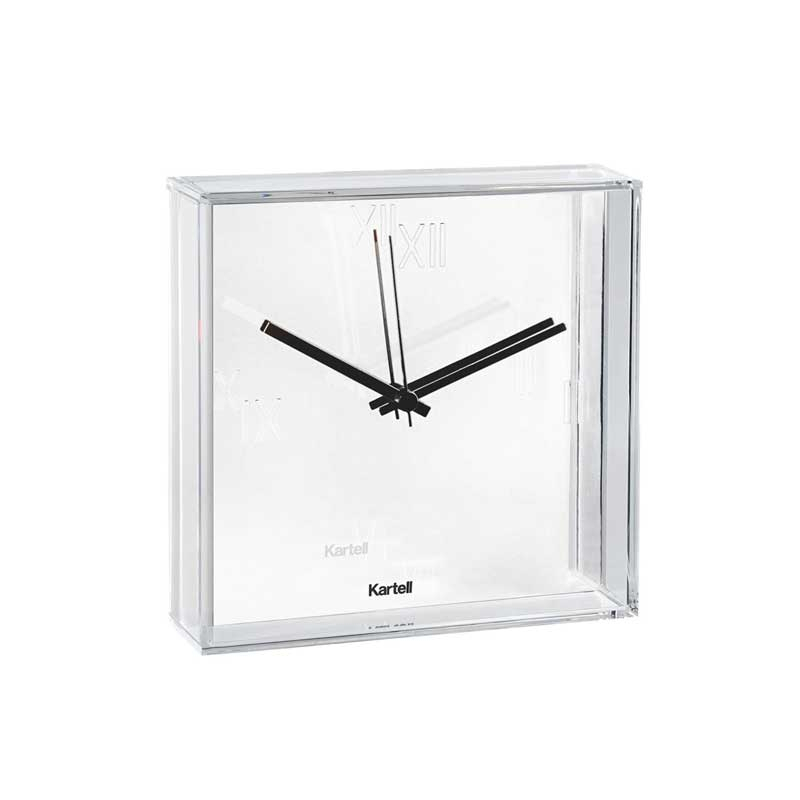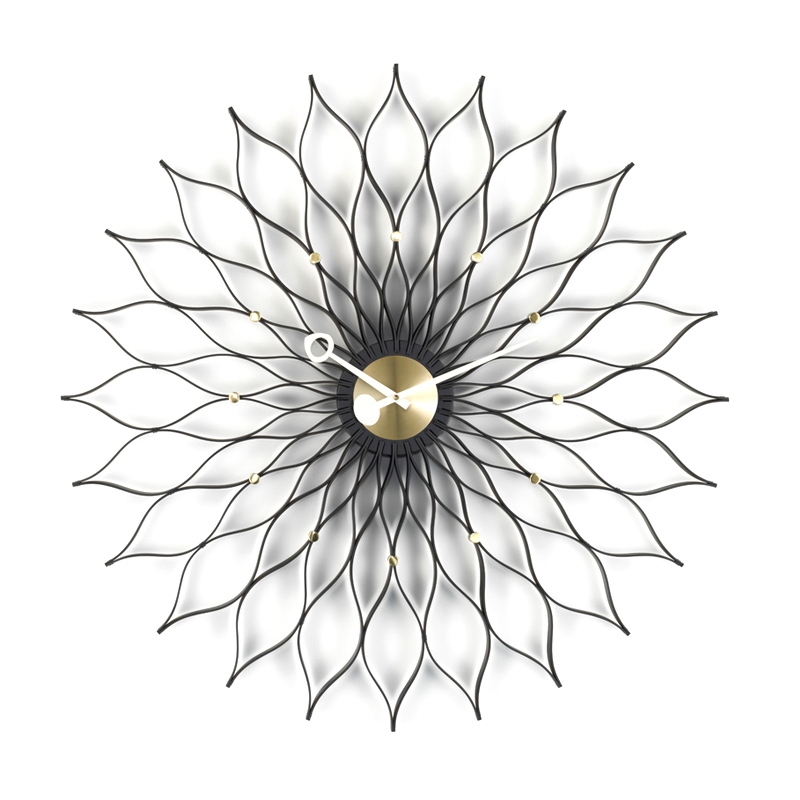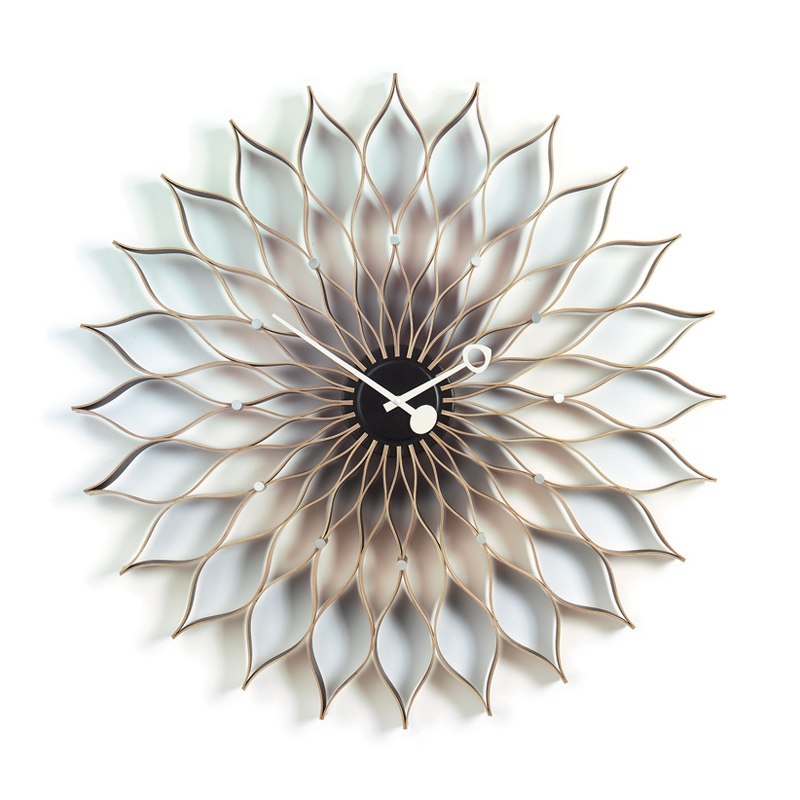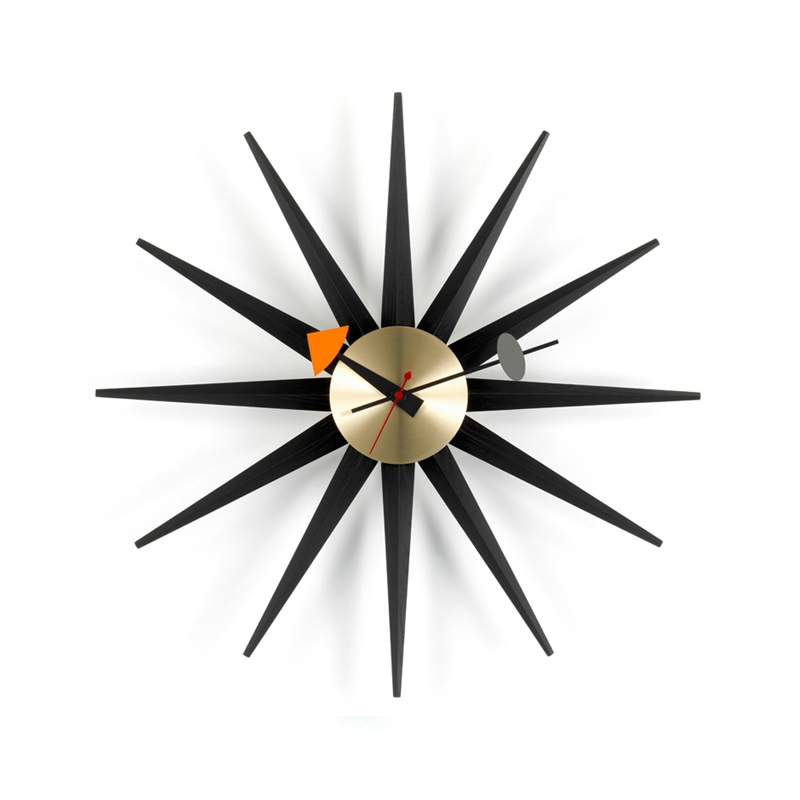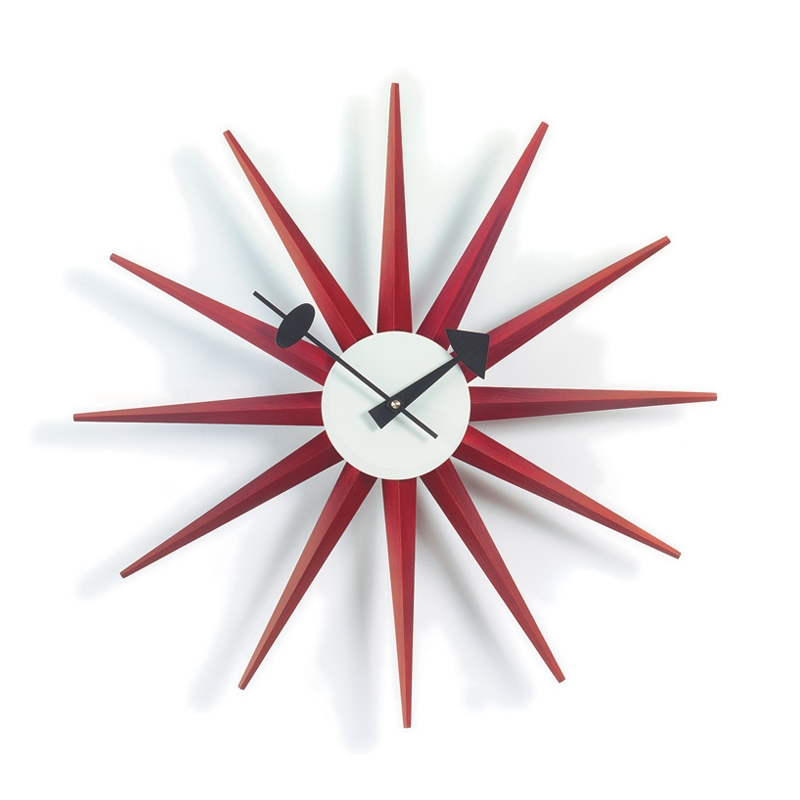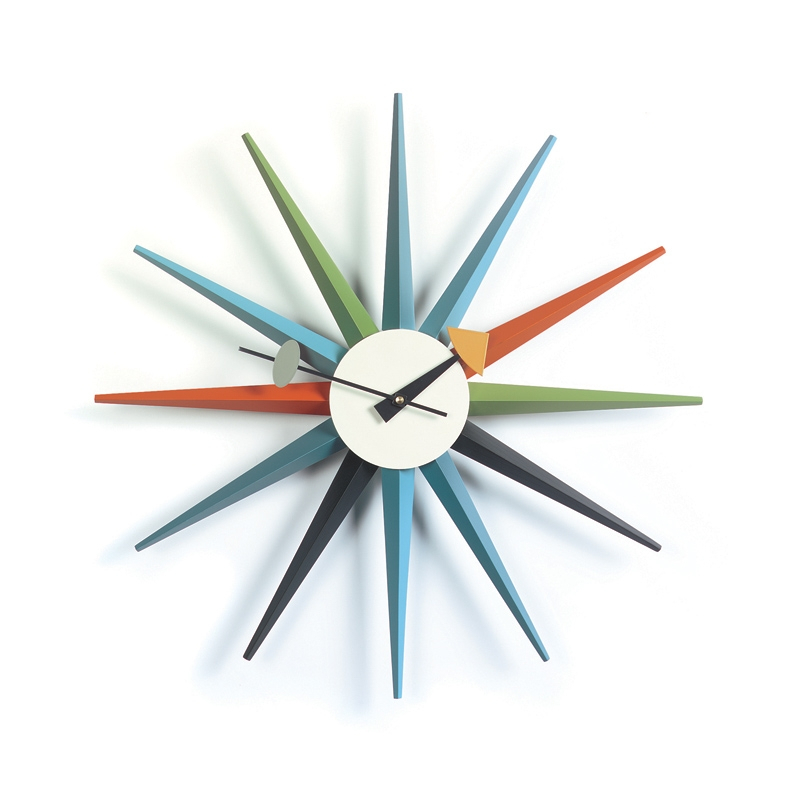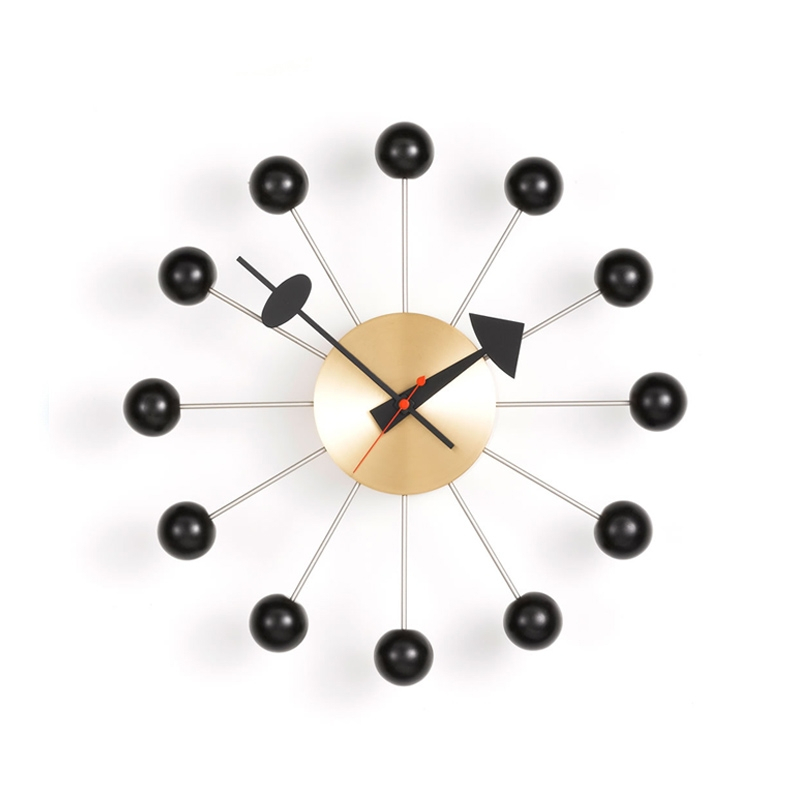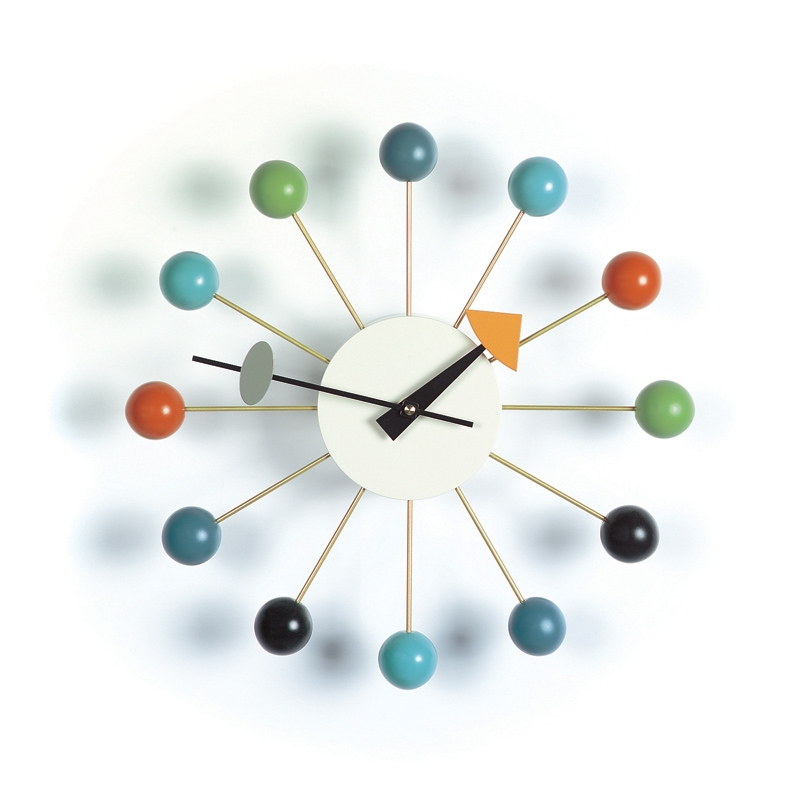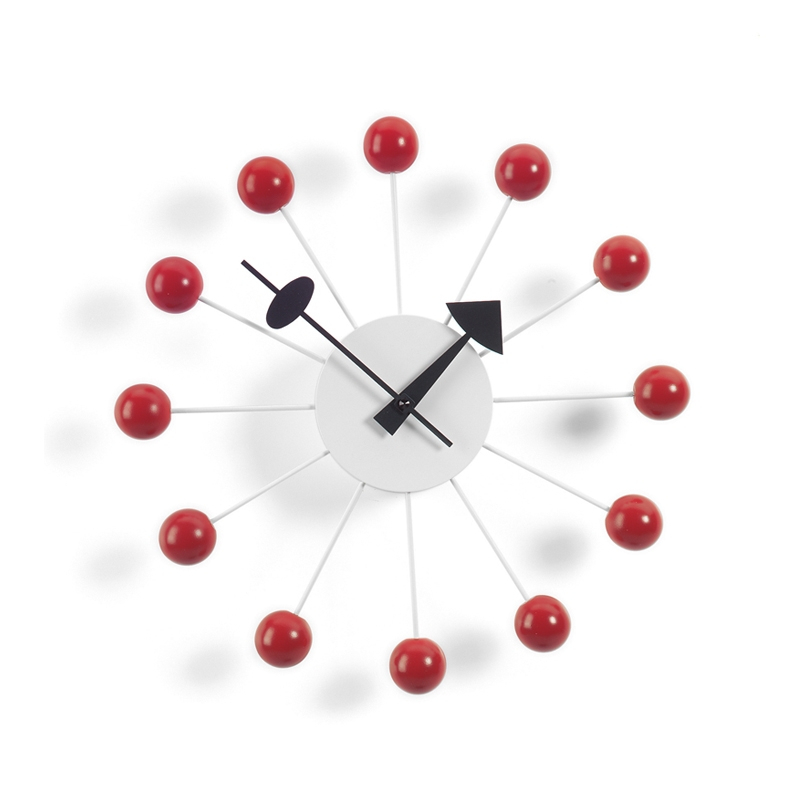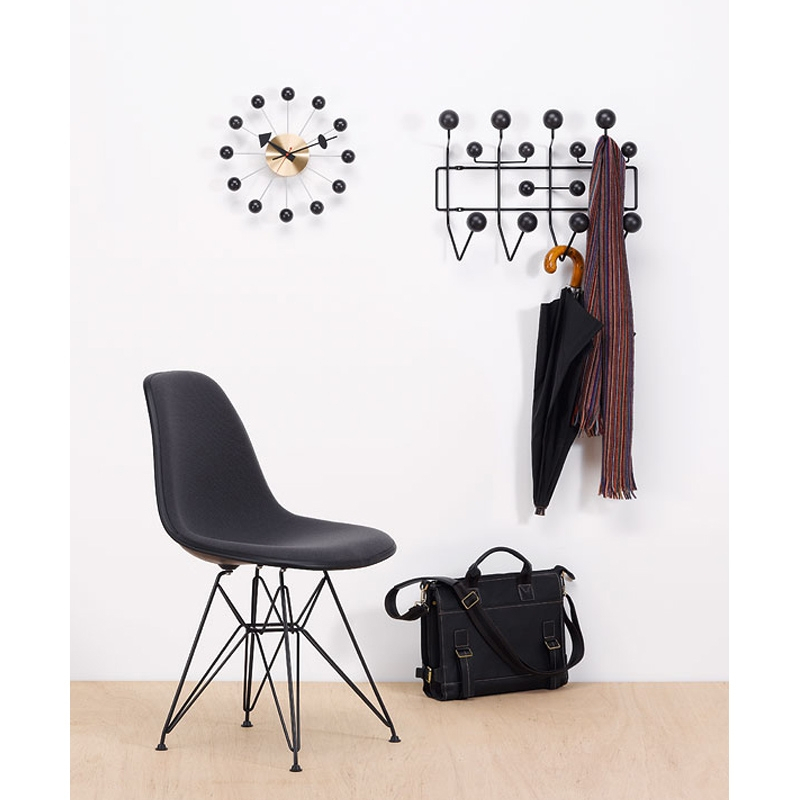- wishlist
-
Cart
Your cart is empty.
menu overlay
menu overlay
Already a customer?
New customer?
Enjoy all the benefits we offer and track your purchases in the order history.
Registermenu overlay
Reset my password
You will receive a link by email to reset your password.
Clock ZOO TIMER Elihu the Elephant Clock VITRA
£149.00
£124.16 HT
or in

ZOO TIMER Elihu the Elephant Clock
ZOO TIMER Elihu the Elephant Clock
£149.00
£124.16 HT
£149.00
£124.16 HT
Description
George Nelson often stood out as a graphic designer in his creations. When he designed the Zoo Timers clocks, produced by Vitra, in 1965, he depicted figures from the animal world in bright colours and turned them into stylised and fun homeware items. Each animal has a name: Omar the Owl, Elihu the Elephant and Fernando the Fish. Zoo Timers are pieces with timeless appeal that brighten up the house and help children to learn the time while having fun.
Colour
purple
Material
wood
Dimensions
l 32cm x D 5cm x H 32cm
Finish
wood laminate, Polychrome printing, Sheet metal hand
Availability
6 weeks
Notice
What you think of it
Delivery Terms
Delivery possible within 48 hours for in-stock products.
You will also like
By the same designer
menu overlay
Quote request
You will receive a response from us within 24/48 hours
Your contact details
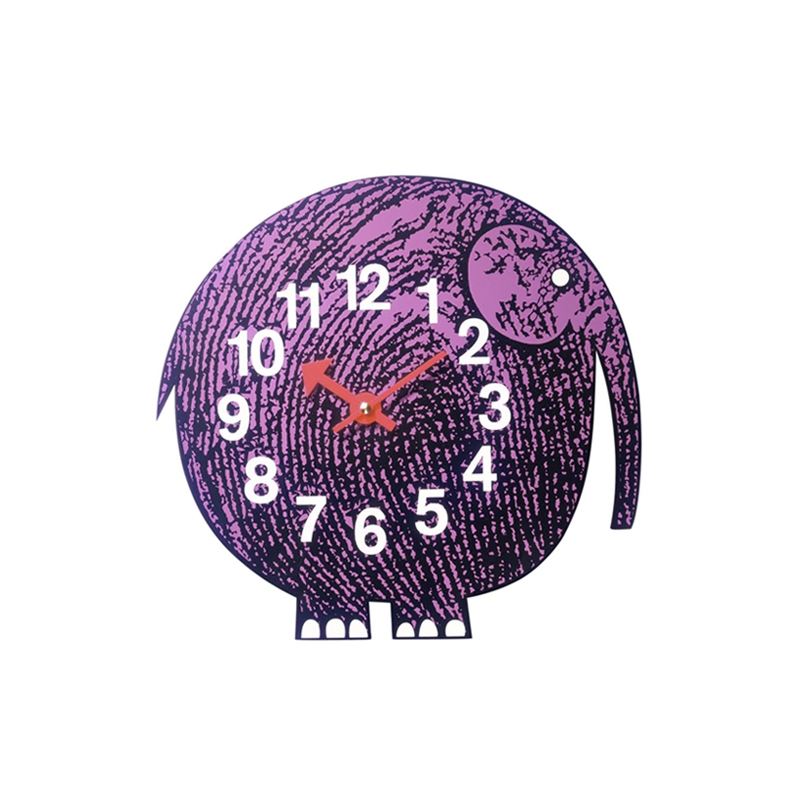
Clock
ZOO TIMER Elihu the Elephant Clock
VITRA
£149.00 TTC
£149.00 HT
In stock
In stock
£149.00 TTC
£149.00 HT
Total items :
£149.00
Taxes
0 €
Total (VAT incl.)
£149.00


